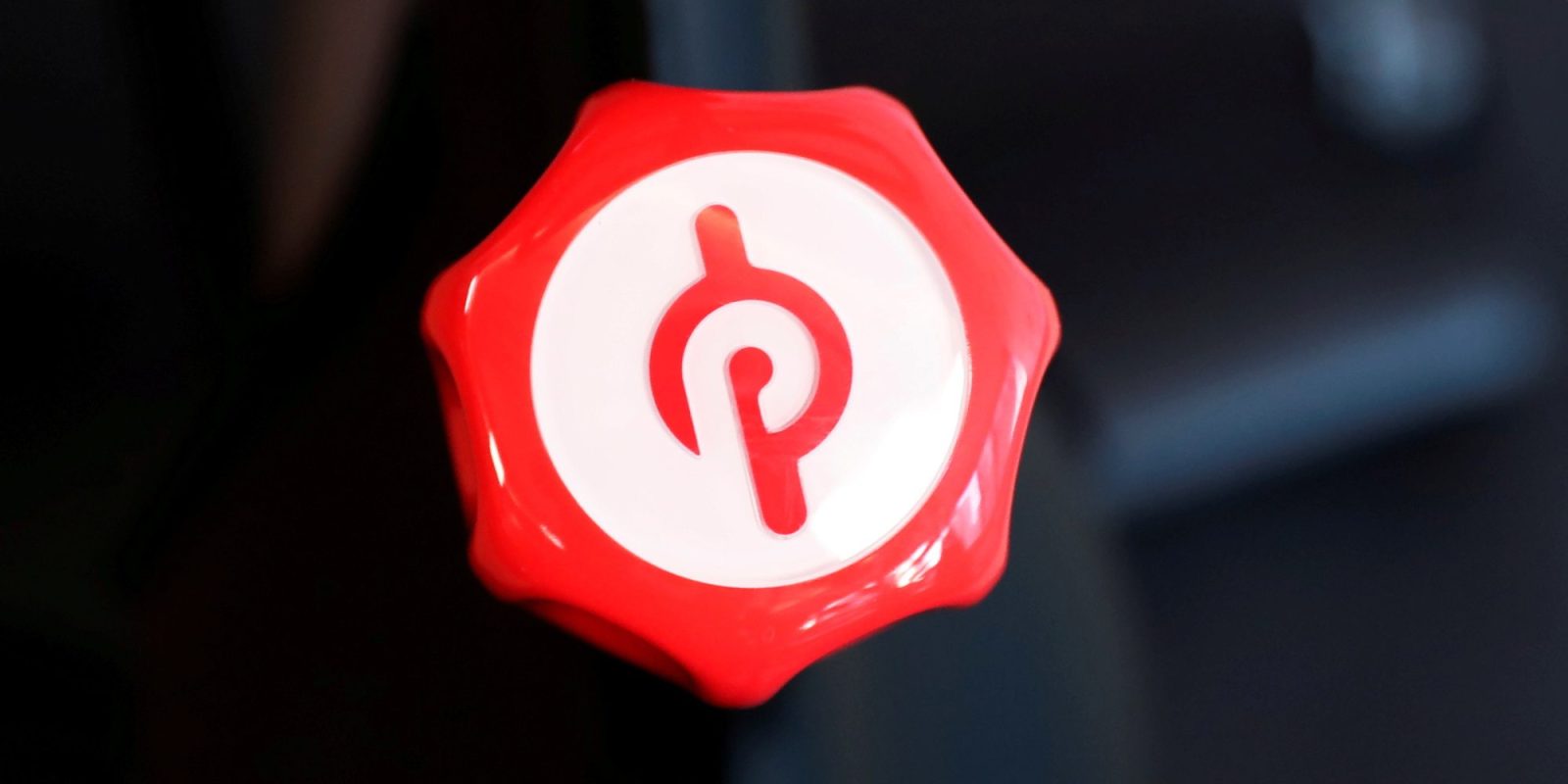
Already reaching an all-time low this month, Peloton stock continues to fall after reports of the company dropping its unlimited free app membership. Less than a year after the free membership tier was released, Peloton says it failed to convert users into paid subscribers.
Last May, CEO Barry McCarthy led an initiative to shift Peloton away from equipment and focus more on building the brand as a digital service. By far the largest move towards making this a reality was a complete rebranding of the Peloton app, including a free membership tier.
McCarthy, a former executive for both Spotify and Netflix, believed that a free tier would give new users a chance to enjoy the classes and eventually upgrade to a paid membership. Unfortunately for Peloton, this did not seem to be the case.
Last November, McCarthy told investors that despite his expectations, the new app tier was “less successful at engaging and retaining free users and converting them to paying memberships.”
Now, Peloton has silently removed the free app tier completely and replaced it with a free 7-day trial.
After reports came out about the dropped free membership, Peloton stock has continued to fall beyond its previous all-time low. As of the time of writing this, PTON is sitting at $3.10 per share, which is a -28% drop over the past month. Peloton’s market cap is currently holding at 1.12 billion.

Connect The Watts’ take
It is fascinating to witness a company like Peloton, the leader in the home fitness space, continue to flounder year after year. While many of Peloton’s largest issues stem from original CEO John Foley’s overly optimistic forecasting during the pandemic, this latest blunder sits squarely on McCarthy’s shoulders.
A free membership tier is typically a good strategy for growth, and I believe McCarthy was correct in focusing on it. It seems, from my perspective, that Peloton’s failure here was more in the execution of how the free tier was delivered.
The free tier basically consisted of around 25 available classes, mixed between strength, cycling, running, and several other categories. While these classes can be repeated, it was obviously structured more like a free trial, rather than a free membership tier. The difference between the two is important.
A free membership should be able to provide enough value to keep a member interested long term, which can lead to better growth than a simple free trial. Peloton could easily have offered something similar to Strava, with workout and metric tracking alongside social features, to keep free members coming back.
Using this strategy, Strava now has over 100 million free members, 2% of which get converted into paid subscriptions.
Unlike Strava, Peloton here did not provide a free membership that included any long-term value. So those downloading the Peloton app would treat it like a demo, rather than use the app for a long enough time to get a sense of the value and eventually upgrade.
Now that the free membership has been scrapped, I’m not sure what Peloton, with its current leadership, can do to turn things around. Peloton does have some new game modes in the works, and so maybe can use those to focus on expanding its audience. Though I am far from optimistic that will be enough.
Suggested articles:
- Peloton & Powerhouse Fitness: A new partnership emerges
- Tunde Oyenin, Peloton instructor, tapped to speak at IAMPHENOM
- Peloton x TrueMed partnership opens door for HSA/FSA reimbursement
FTC: We use income earning auto affiliate links. More.

